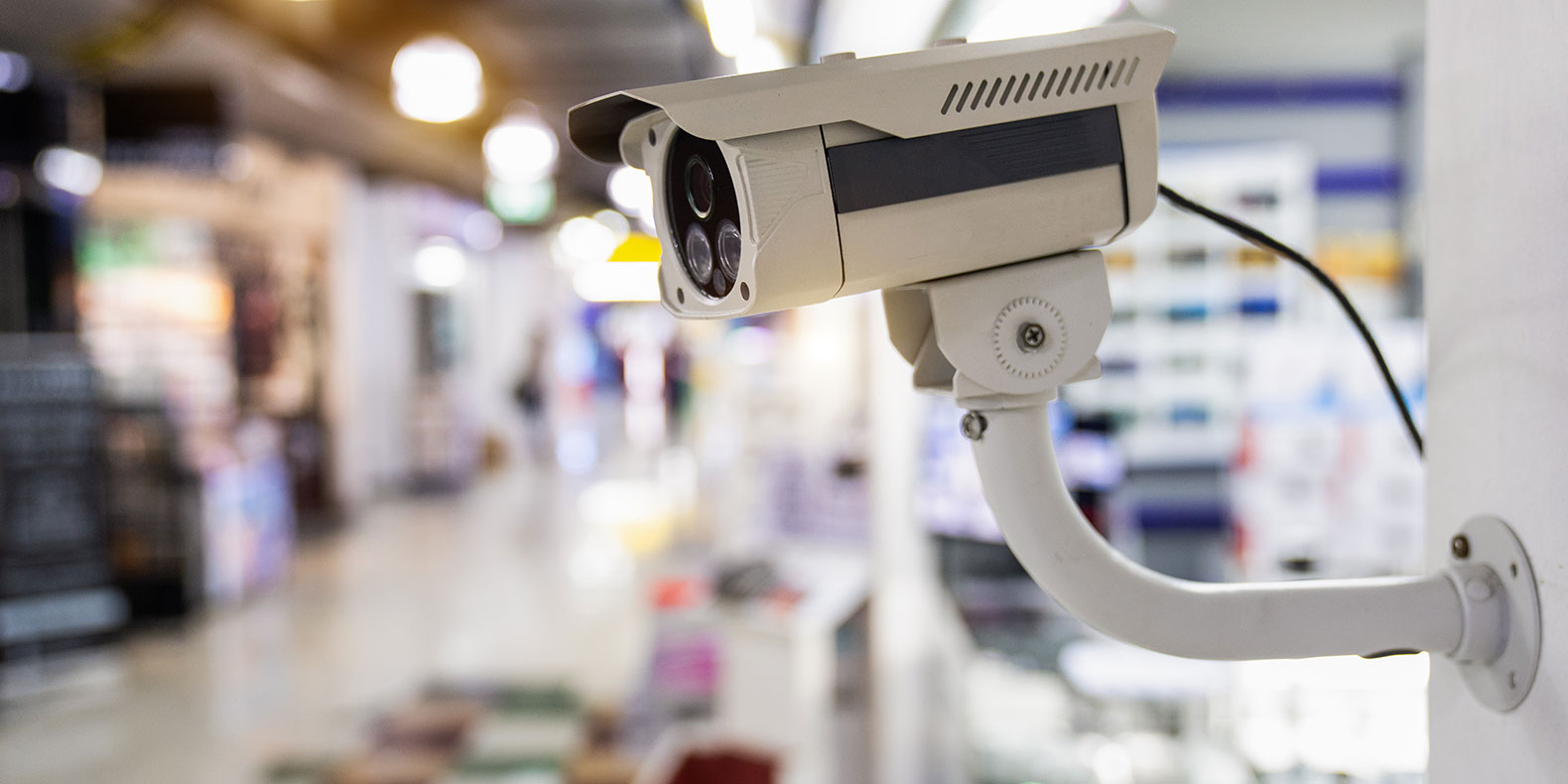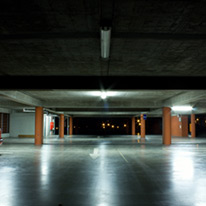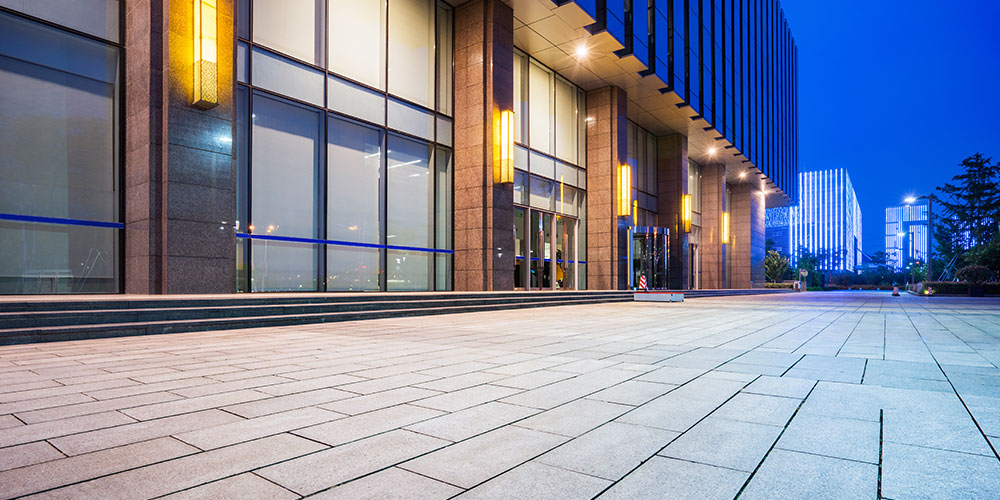Flooding, burst pipes and other environmental hazards can put your business in a sticky situation: Lost merchandise, clean up and reparation expenses, and decreased activity during repairs can leave your business financially stunted.
Here are four ways to protect your business from environmental hazards.
1. Prevent Against Burst Pipes
Frozen pipes can burst and lead to flooding. To avoid this, retain a minimum temperature of 50 degrees in order to ensure the right environment for pipes. Easily monitor this by installing low temperature sensors, which will alert you and a monitoring center if temperatures drop below a safe degree so that you can take preventative action.
Remember, It is important not to completely turn off the heat over the weekend, during holidays or in the evenings. Though it may be tempting to reduce utilities, the cost of damages will supersede potential savings.
2. Conduct an Energy Audit
You can further regulate your business’ internal temperature by conducting an energy audit, in which a specialist inspects your business’ insulation. Energy audits are well worth associated costs. With proper insulation and internal regulation, you can better prevent frozen and burst pipes, and decrease heating expenses. Furthermore, some utility companies offer rebates upon receiving documentation of an energy audit.
3. Monitor For Potential Flooding
Damage from flooding can cost your business a lot in reparations. In fact, “just a few inches of water from a flood can cause tens of thousands of dollars in damage,” according to the National Flood Insurance Program.
Equip flood prone areas—such as the freezer aisle in a supermarket or anywhere with exposed water piping—with water leak sensors. These sensors detect excessive water levels, and alert you and a monitoring center immediately, so damages can be mitigated.
4. Consider Carbon Monoxide Risks
Carbon monoxide is an odorless, colorless and deadly gas. Roughly 500 people die and 15,000 are sickened every year from it. Such cases increase during the winter months; closed windows and a lack of proper ventilation are often to blame. Factories, warehouses and facilities where fuel-burning equipment and tools are used are most susceptible to excessive levels.
All businesses should have carbon monoxide detectors strategically placed throughout the space. Such detectors will alert you of a leak so that you can evacuate the building while a monitoring center sends help.
Image Source: Goran Zec via Flickr



